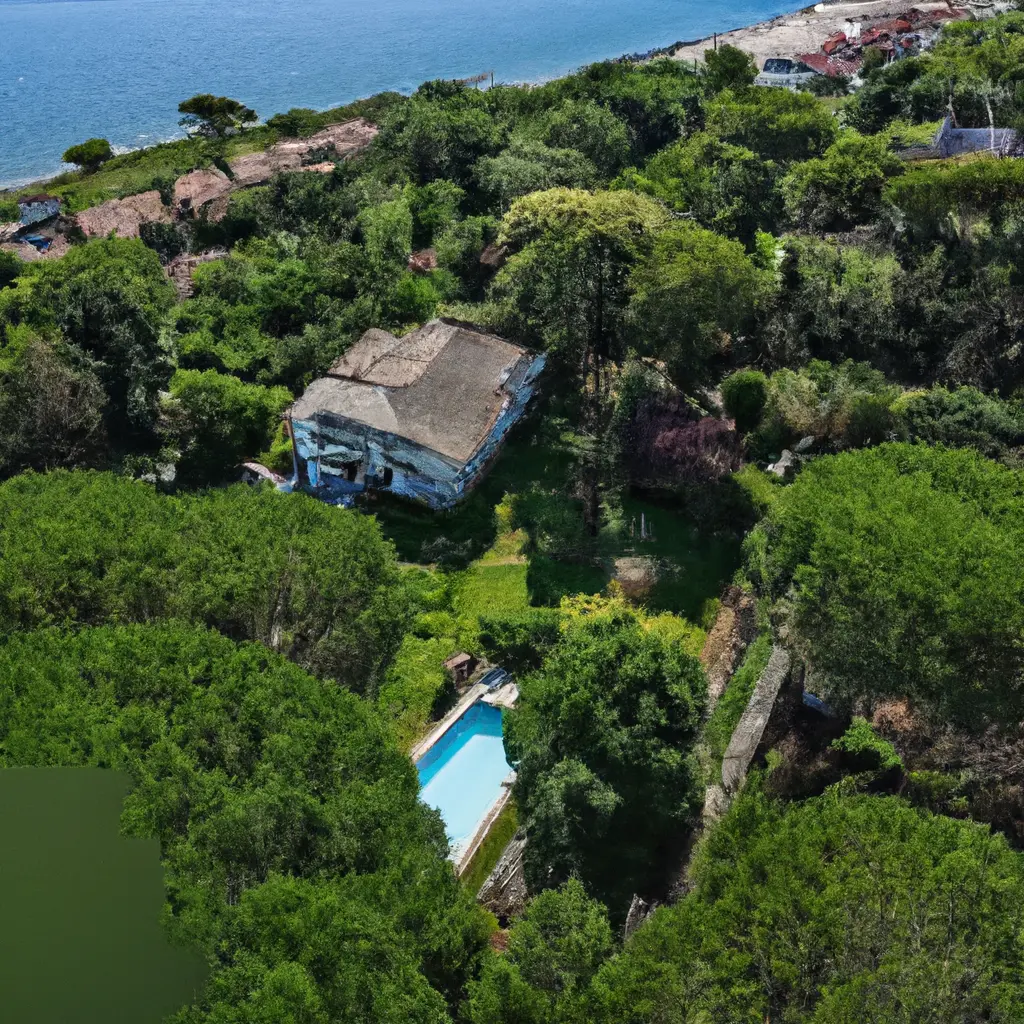Economic hardship of families in Italy: cities to buy or rent a home.


The greatest effort of families in Italy is required to buy a home in Forte dei Marmi, where it represents 78.2% of the average family income in the commune. In second place are Menaggio (75.7%) and Courmayeur (67.7%), followed by Bardolino (61.1%) with over 60% rate. The top 10, compiled by Idealist, Italy's leading real estate portal for technological development, also includes Laguella (57.5%), Riccione (54.8%) and Alassio (54.4%). Lacise (49.7%), Bordighera (49.4%) and Sirmione (49.2%) round out the rankings.
When it comes to rent, the highest percentage of income is required in Marina di Pietrasanta in the province of Lucca, where families must spend 80.9% of their income on monthly rent. They are followed by the Ravenna community of Cervia (64.6%) and Gaeta (60.9%) in the province of Latina. Carovigno in the province''Brindisi ranks sixth with 57.8%, followed by Massa (54.9%) and Sestri Levante (54%) in the province of Genoa. Jesolo and Courmayeur close this ranking with 52.6% and 51.9% of family income respectively.
Cities where buying or renting a home is less costly. In the same context, it is possible to identify cities where the economic effort to buy a home is significantly less. Spezzano della Sila in the province of Cosenza is the least among the centers identified in this report, requiring only 7.6% of the family income. It is followed by 9 other cities where the obligation remains well below 10% of family income: from 7.7% in Novi Ligure to 8.4% in Soresina and Mondovi in the provinces of Cremona and Cuneo respectively. Ranking of cities with the lowest obligations to buy''rounded off by Voghera (15.2%), Jesi (15.9%), Milazzo (16.2%), Francavilla-a-Mare (16.7%) and Castagneto Carducci, a town in the province of Livorno, with 16.8%.
Bigger and smaller efforts by region.
Percentage differences between places with less''economic effort within individual regions show more moderate changes compared to markets that require more effort for families who want to buy a home. For example, Rovereto in Trentino Alto Adige has the lowest level of requirement at 23.7%, while Spezzano della Sila in Calabria has a minimum of 7.6%. In the context of the rental market, there is again a greater economic effort required by families: in the regional ranking, the percentages range from 11.7% in Renda, in the province of Cosenza, to 24.1% in the province of Trento, making the Trentino Alto Adige region the area with the highest initial rental costs, representing the highest threshold for access to renting in Italy.
Methodology: The effort factor measures the weight of the house on''the purchasing power of families. In the case of rent, this is the percentage of net annual family income allocated to renting a two-bedroom apartment in the area of interest. Rental prices come directly from the Idealist data source, which calculates values in all major markets. The family income data uses the annual net family income reported in the National Institute of Statistics (ISTAT) tables. In the case of a purchase, this is the percentage of the annual net family income (ISTAT) allocated to the purchase of a two-bedroom apartment in the area of interest with a 30-year mortgage, an interest rate corresponding to the monthly update from the ECB, and a down payment of 20%. The calculation is made using the average price in the zone at''A three bedroom apartment to which the trade mark-up applies.
Note: unlike previous dispatches, the mortgage calculation methodology has been updated, the French type of amortization is now used in the calculation of the effort factor.
Tags
Comment
Popular Posts
Popular Offers

Subscribe to the newsletter from Hatamatata.com!
Subscribe to the newsletter from Hatamatata.com!
I agree to the processing of personal data and confidentiality rules of Hatamatata














